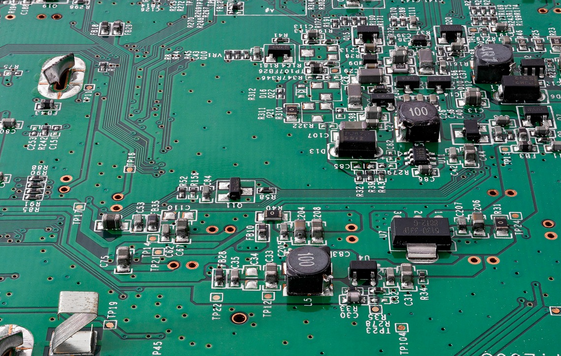RS485 hubs play a crucial role in industrial automation, remote monitoring, and other fields, but various issues often arise during their application. How can we address these problems promptly? The following discusses these issues.

1. Common Mode Interference and Signal Ground Handling
Issue: Common mode voltage exceeding the RS485 transceiver range can lead to unstable communication or even damage to the interface.
Considerations: Ensure a good connection of the signal ground, use differential signal transmission, and add common mode suppression devices if necessary.
2. Signal Reflection and Impedance Matching
Issue: Signal reflection at the end of the bus can superimpose on the original signal, leading to a decline in data quality.
Considerations: Use terminal matching resistors, maintain continuous characteristic impedance of the bus, and avoid excessively long branch lines.
3. Node Failure and Isolation
Issue: A failure at one node can cause the entire bus to fail.
Considerations: Add opto-isolators at node ports to achieve electrical isolation, and design automatic fault detection and isolation mechanisms.
4. Power Interference and Lightning Protection
Issue: External factors such as power fluctuations and lightning can interfere with communication.
Considerations: Use isolated power supply modules and add lightning protection and surge protection circuits.
5. Data Transmission Rate and Distance
Issue: As the transmission rate increases, the transmission distance is limited.
Considerations: Choose an appropriate transmission rate and medium based on actual needs, and use repeaters or fiber converters to extend transmission distance if necessary.
6. Wiring and Installation Standards
Considerations: Plan wiring reasonably, avoid running parallel to high-voltage lines; use shielded cables to reduce external interference; ensure connections are secure and reliable to avoid poor contact.
This is an original article by Fan Yi Education, please indicate the source when reprinting!